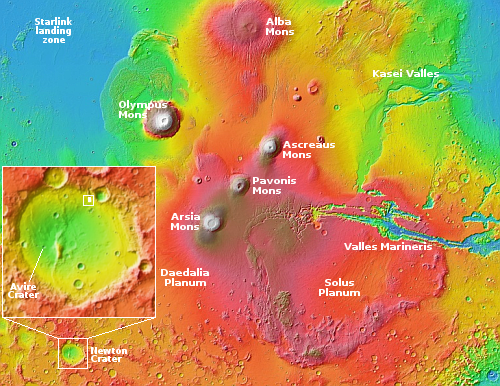NASA managers might forego SLS rollback and aim for Oct 2nd launch
Based on the present hurricane track, NASA managers are considering the possibility of leaving SLS on the launchpad so that they can go for a launch on October 2, 2022.
NASA managers will meet this evening to evaluate whether to roll back or remain at the launch pad to preserve an opportunity for a launch attempt on Oct. 2. The exact time of a potential rollback will depend on future weather predictions throughout the day and could occur Monday or very early Tuesday morning.
If they stay on the launchpad, it means the flight termination system is questionable at launch. If the rocket goes out of control during its first test launch — a not-unreasonable possibility for a new rocket — there is a chance the range officer will not be able to destroy it.
If they roll back to the assembly building, it means the rocket’s two solid strap-on boosters will either have to be replaced, delaying the launch months more, or the rocket will launch with two boosters that are questionable.
Every choice they face is a bad one, simply because this rocket is really not well designed for practical use.
Based on the present hurricane track, NASA managers are considering the possibility of leaving SLS on the launchpad so that they can go for a launch on October 2, 2022.
NASA managers will meet this evening to evaluate whether to roll back or remain at the launch pad to preserve an opportunity for a launch attempt on Oct. 2. The exact time of a potential rollback will depend on future weather predictions throughout the day and could occur Monday or very early Tuesday morning.
If they stay on the launchpad, it means the flight termination system is questionable at launch. If the rocket goes out of control during its first test launch — a not-unreasonable possibility for a new rocket — there is a chance the range officer will not be able to destroy it.
If they roll back to the assembly building, it means the rocket’s two solid strap-on boosters will either have to be replaced, delaying the launch months more, or the rocket will launch with two boosters that are questionable.
Every choice they face is a bad one, simply because this rocket is really not well designed for practical use.






